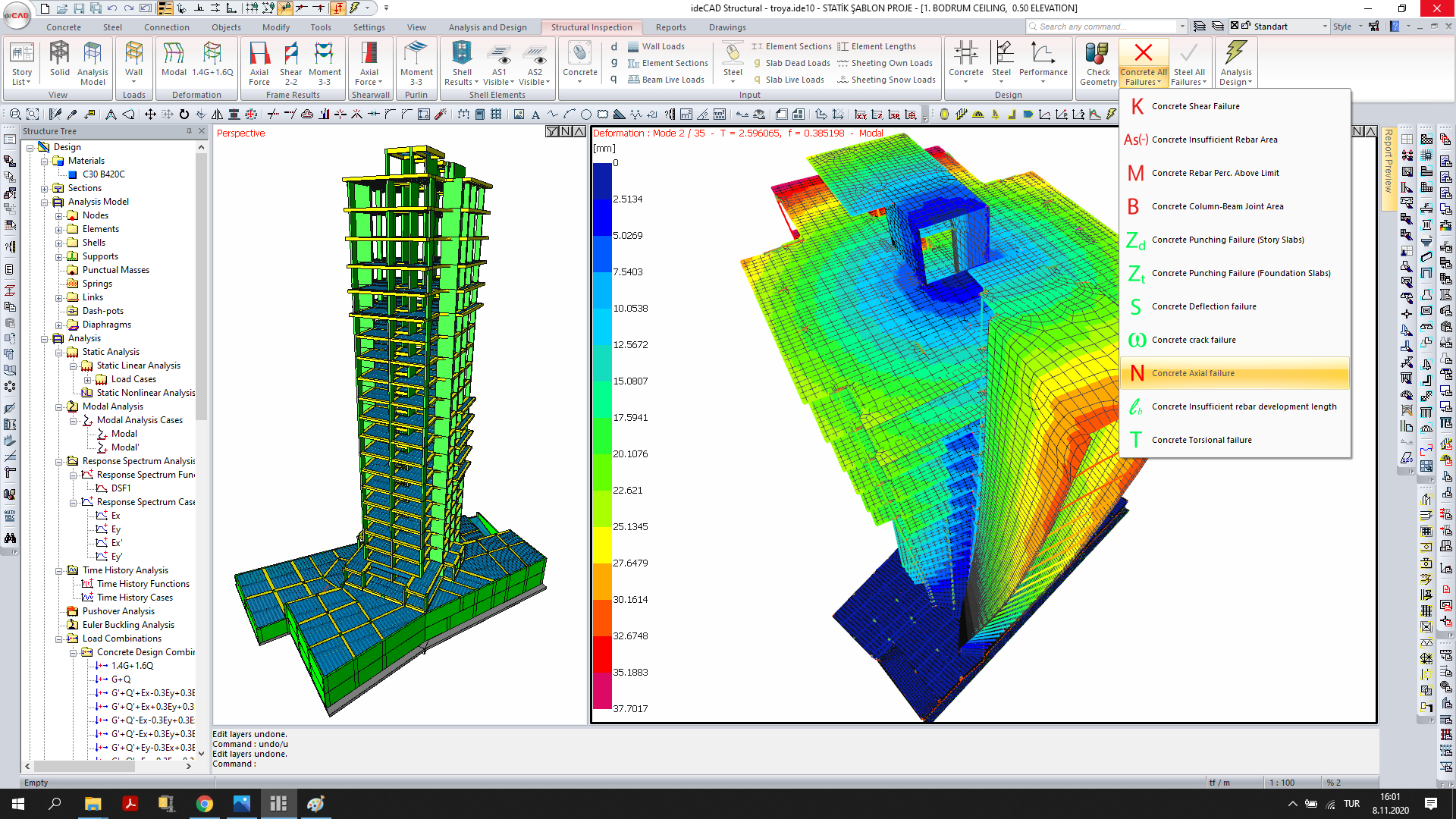Structural engineering plays a crucial role in shaping the material world around us. From soaring skyscrapers and iconic bridges to housing homes and intricate infrastructures, structural engineers are the professionals who ensure that these structures are not only aesthetically pleasing but also reliable and resilient. As society continues to evolve, the demands on our infrastructures are changing, leading to innovative techniques and materials that focus on environmental responsibility and robustness. This article will delve into the fascinating world of structural engineering, providing understandings into its role and the latest trends that are creating a more sustainable future.
As we gaze forward, it's essential to understand the multiple responsibilities held by structural engineers in current construction. Their skills is essential in addressing challenging design problems, for example harmonizing strength and aesthetics while guaranteeing public safety. With the continuing advancements in technology, like 3D modeling and improved software tools, the future of structural engineering holds promising possibilities. Throughout this article, we'll consider key concepts such as the evolution of materials, the science behind earthquake-resistant designs, and the role of structural engineers in disaster recovery, highlighting just how central they are to shaping a sustainable tomorrow.
Comprehending Structural Engineering
The field of structural engineering represents a unique discipline within the broader scope of civil engineering which centers around the planning and examination of structures which withstand or resist forces. It covers everything from overpasses and high-rise buildings to domestic dwellings and sports complexes. Engineers in this field guarantee that these edifices can endure the multiple stresses they encounter, including weight, air pressure, and tremors. By implementing principles of physical science and material science, they design safe and optimal designs that fulfill the planned purpose of the building.
The function of engineers in this field is vital in current construction projects. They partner with architects and various specialists to verify that the aesthetic vision is achievable while simultaneously being engineered correctly. This entails computing loads, analyzing construction materials, and utilizing advanced technology such as 3D modeling software. Each project presents unique challenges, and structural engineers have to modify their approaches to align with individual site conditions, building codes, and safety regulations.
As the world develops, so too does the practice of structural engineering. Cutting-edge materials and approaches are emerging to enhance eco-friendliness and strength in designing buildings. With climate change and urbanization bringing forth new issues, structural engineers position themselves at the van of creating solutions that harmonize aesthetics, effectiveness, and eco-friendliness. The prospects of structural engineering will continue to see advancements that not only shape our skylines but also support safer, environmentally friendly construction practices.

Innovations and Developments in Civil Engineering
The field of structural engineering is always advancing, with advancements transforming the way structures and constructions are designed and erected. One significant movement is the growing use of sophisticated materials such as carbon fiber composites and UHPC. These materials not only improve structural integrity but also aid to environmental responsibility by reducing the environmental impact associated with construction. The focus on energy-efficient designs is motivating engineers to research materials that offer enhanced durability while being lighter and more sustainable.
Another important movement is the utilization of digital tools in the planning and analysis processes. Digital Modeling is revolutionizing how structural engineers partner with architects and other fields. By creating a comprehensive digital representation of a project, BIM allows for better visualization, coordination, and management of construction operations. Additionally, the application of machine intelligence and ML is helping engineers anticipate potential structural issues and refine designs, ultimately leading to more secure and more effective structures.
Green practices is at the forefront of modern structural engineering approaches. Engineers are increasingly focusing on sustainable building standards and sustainable construction methods. This includes using techniques such as prefabricated building, which minimizes material waste and improves energy efficiency. As the need for sustainable structures rises, the function of structural engineers is becoming more essential in ensuring that projects not only meet safety regulations but also positively impact the environment and society.
The Significance of Civil Engineers in Eco-friendly Design
Structural engineers have a key position in enhancing sustainability within the built environment. By incorporating sustainable design principles, they aid minimize the ecological footprint of building projects. This entails choosing materials that are ethically sourced and optimizing the use of resources to minimize waste. Civil engineers work closely with designers and builders to ensure that sustainability is embedded into every aspect of the project, from the base to the final details.
Cutting-edge technologies and methodologies are increasingly being adopted by civil engineers to further enhance sustainability. For structural engineering Surrey , the integration of state-of-the-art computational tools allows for better analysis and modeling of structures, leading to more efficient designs that use less materials without jeopardizing security or performance. This innovative approach not only adds to the physical integrity of structures but also supports broader goals of lowering carbon footprints and enhancing energy efficiency.
Furthermore, structural engineers are pivotal in the lifecycle assessment of buildings, analyzing how their designs will perform over time. They consider factors such as power use, durability, and the capacity for recycling or recycling of materials at the end of a structure's life. This comprehensive approach ensures that buildings are not just sustainable during building but remain environmentally responsible throughout their full existence, thereby encouraging a more eco-friendly future in architecture and construction.
